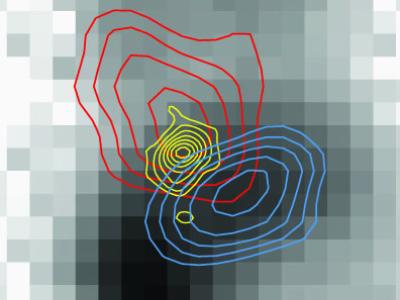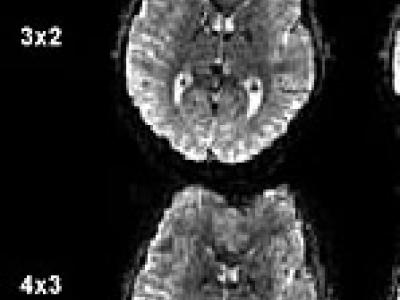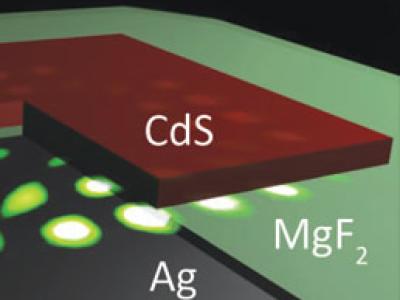Four UC Berkeley faculty named AAAS fellows
Four UC Berkeley faculty members have been named 2010 Fellows of the American Association for the Advancement of Science (AAAS), the world's largest general scientific society and publisher of the journal Science.








